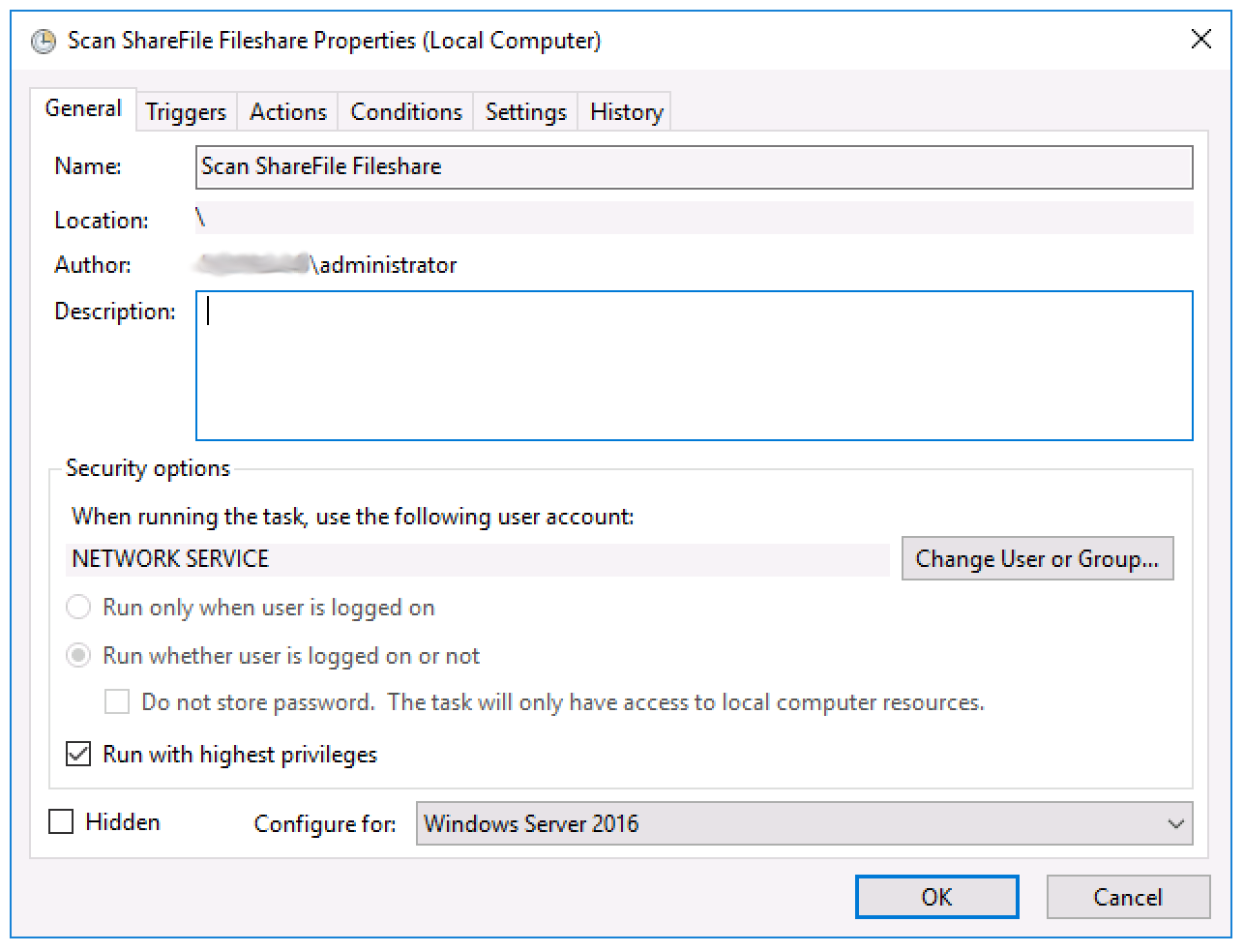

Sounds relatively simple, right ? Although, why does this improve speed? Well, during logon the only thing that is happening is that the endpoint mounts the VHD file as a Virtual Hard Drive and then the profile is just accessible. So, how does FSLogix Profile Containers help?įSLogix Profile Containers creates a Virtual Hard Drive (VHD) file on a FileServer and stores the user profile including registry in the VHD file.

Even “just in time” profile technology like Zero Profiling isn’t able to handle the big application data quick enough for a good user experience because it also just copies the data from a FileServer to the endpoint but not in one big chunk like roaming profiles. Logon will take minutes or in some extreme cases hours to complete because the FileServer will copy all the profile data to the endpoint. If the users profile is this big a roaming profile solution won’t work.

There are also some programs that create massive profile data like AutoCAD – which – due to Nvidia GRID technology, works great in a VDI environment but easily generates GB’s of profile data. So you can imagine that profiles can get big. The profile includes everything from the users download folder to their mouse scrolling speed preference and everything in between. When a user logs on to their Windows session, the Windows User Profile is loaded.
Ivanti user workspace manager antivirus exclusions how to#
Furthermore, I will quickly explain how to setup the FSLogix Profile Containers. In this blog, I will explain what profile containers are, why it is an easy and a quick win for every business that is struggling with user profile issues. Although, FSLogix has another great product called Profile Containers. Many of you know that FSLogix has the best solution for combining Microsoft Office 365 and non-persistent environments, such as Citrix VDI – you can read my article about Office 365 Containers here.


 0 kommentar(er)
0 kommentar(er)
